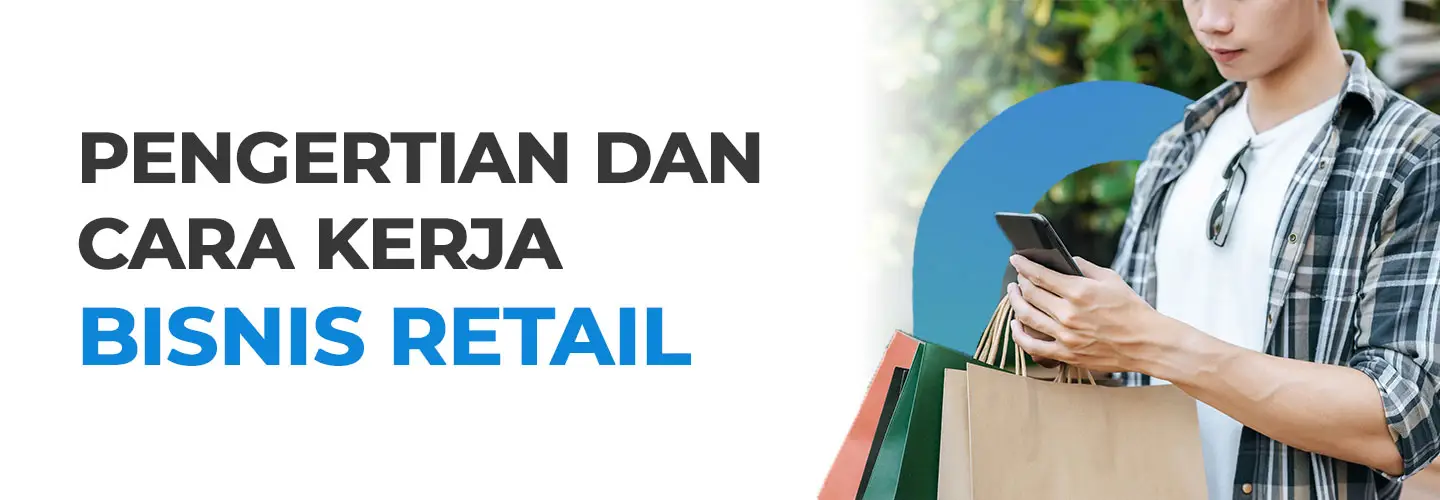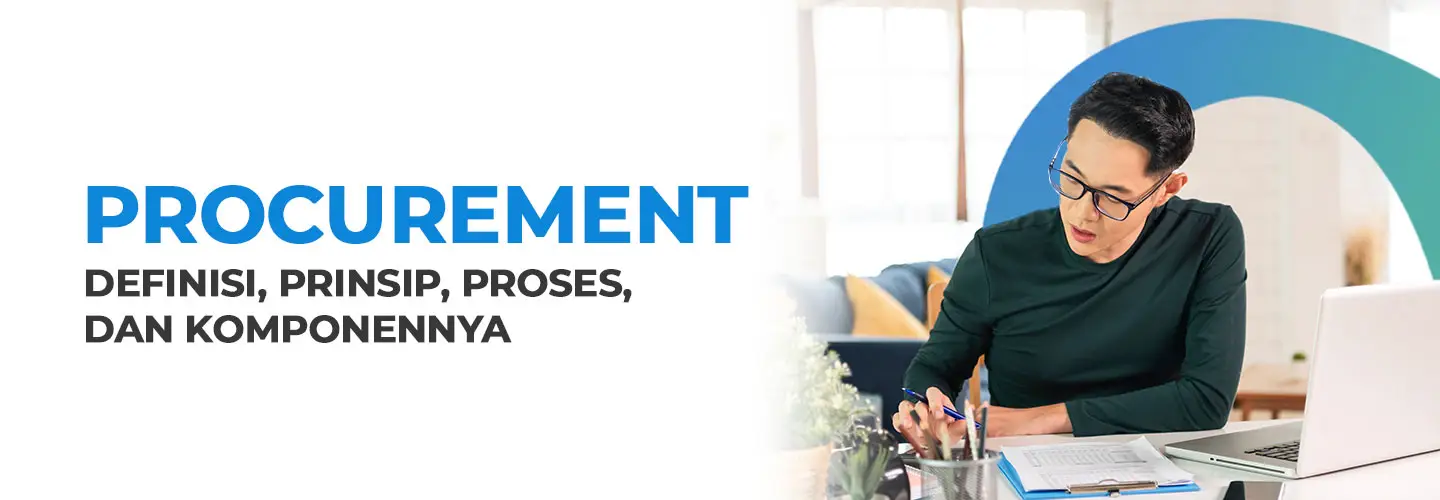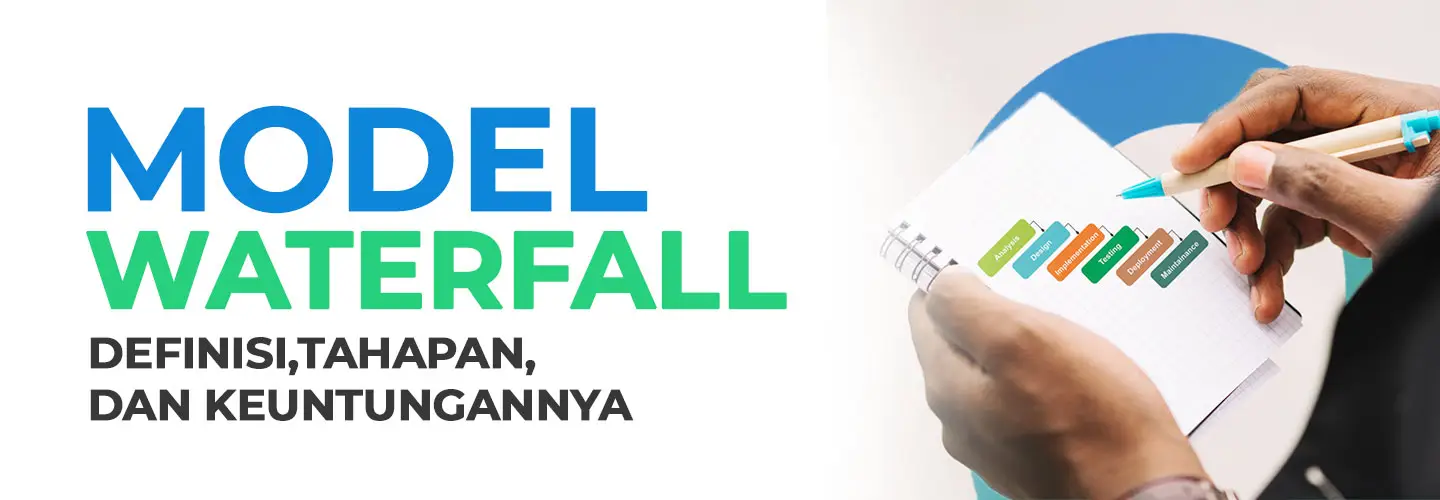Interlinking Diversity Challenges towards Ideal Engagement

Jari-jemari dalam tangan adalah sebuah ajaran kebersamaan. Meski bentuk dan ukurannya berbeda-beda, namun kelima jari itu mampu berfungsi secara sinergis untuk memainkan sebuah lagu indah pada bilah-bilah piano.
Perumpamaan itu membawa saya pada sebuah pencerahan tentang bagaimana mengelola sumber daya manusia di dalam sebuah organisasi. Suka atau tidak suka, organisasi harus menerima kenyataan bahwa setiap orang yang diterima bekerja di organisasinya memiliki ciri-ciri yang berbeda. Mulai dari perbedaan ciri-ciri yang terbawa sejak lahir (seperti jenis kelamin, tinggi badan, warna kulit), sampai dengan ciri-ciri yang non-fisik (seperti sifat, intelegensi, kepribadian). Sementara di sisi lain, organisasi harus mampu menyelaraskan derap langkah para anggota-anggotanya untuk bisa bergerak bersama secara harmonis guna mencapai visi dan misi organisasi. Harus diakui banyak tantangan di sini.
Tantangan yang dihadapi seorang pimpinan saat ini tidak hanya terbatas pada persaingan bisnis dan penyelarasan organisasi saja tapi juga talent war. Sebentar lagi, perang perebutan sumber daya manusia di Indonesia akan semakin menantang dan seru dengan diberlakukannya MEA (Masyarakat Ekonomi ASEAN). Bagaimana para pimpinan organisasi mengambil langkah untuk memenangkan talent war menjadi isyu yang sangat signifikan saat ini. Loyal terhadap perusahaan tidak lagi cukup. Yang diperlukan saat ini adalah karyawan yang engaged (terlekat) kuat kepada organisasi.


